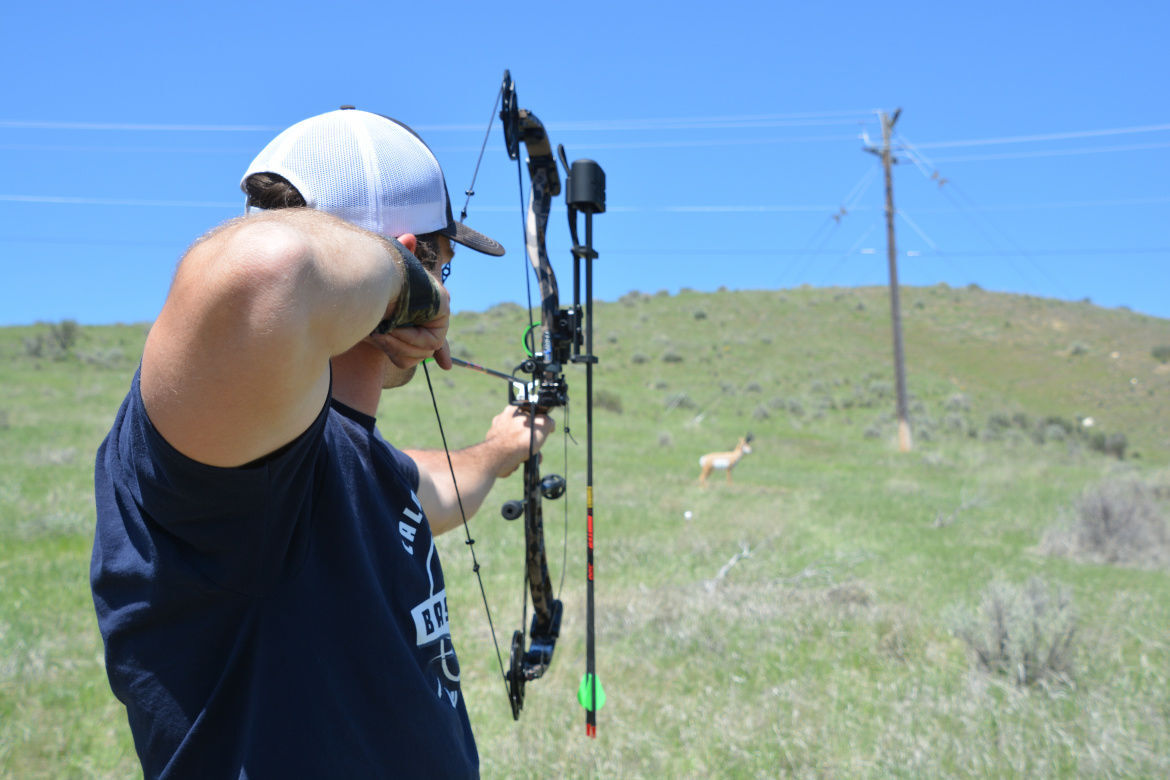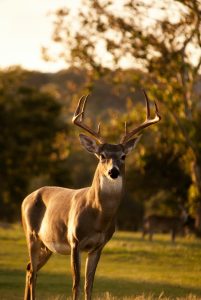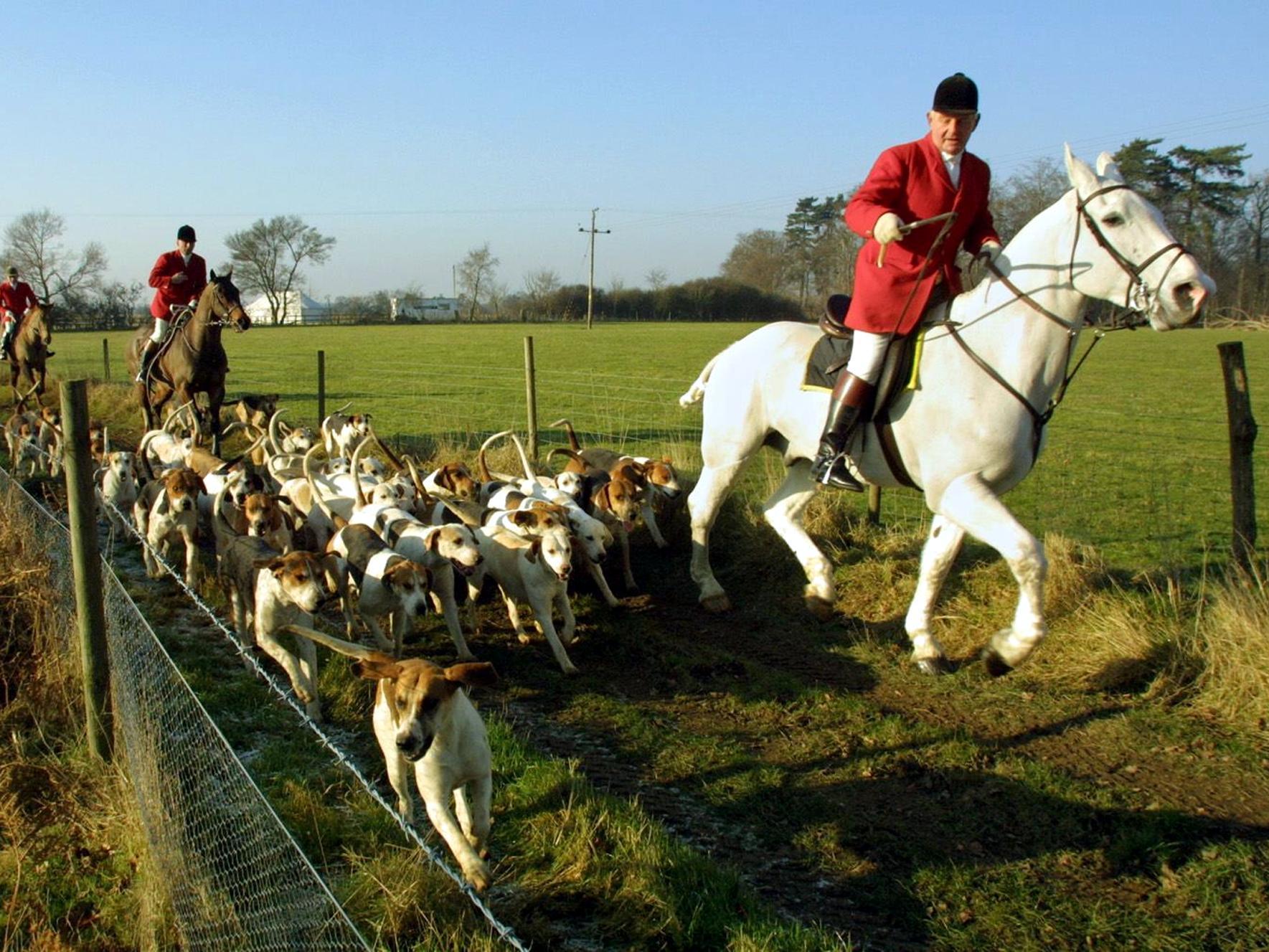Prompted by a growing population of black bears, the Maryland Wildlife & Heritage Service has bumped up the number of bruin hunting permits for the upcoming season in October.
“There will be 950 permits this year,” said Harry Spiker, the agency’s black bear project leader. The 2018 and 2019 seasons each had 800 permits available.
Spiker said the bear population continues to expand by 12% annually. “Using several models, we estimate the state’s bear population at 2,500. And that doesn’t count cubs,” he said during a recent telephone interview.
There are no other changes to the Oct. 26-30 bear hunt, which will take place in Garrett, Allegany, Washington and Frederick counties and be the 17th such season since bear hunting returned to the state in 2004 after an absence of a half-century.
The 167 bears bagged in 2016 continues to be the best harvest. The 2017 take was 131, with hunters killing 135 in 2018 and 145 in 2019.
The 2020 hunt will be the third during which permit holders and those they name to hunt with them will have five days to hunt bears.
Spiker thinks the 5-day season has slightly lowered the success rate.
“It’s anecdotal from talking with hunters, but it appears that people, knowing they have five full days to hunt, will sometimes pass up a small bear early in the week. Then some of them won’t get another chance at a bear.”
Permit holders may name two other people to hunt, but the team may take only one bear. With 800 permits a year ago, it was possible for 2,400 hunters to be afield, but the actual count was 1,851.
The hunter success rate a year ago was 7.8%, down from the 12-13% levels of 2008 to 2013.
Since 2016, more than 5,000 hunters have been coughing up 15 nonrefundable dollars to apply for permits. In 2019, there were 5,204 applicants. The application window continues through Aug. 31. The agency has eliminated phone applications. Hunters may apply online by using their Department of Natural Resources identification number at dnr.maryland.gov or at an official license vendor.
The drawing will take place Sept. 3 and winning DNR ID numbers will be posted online sometime that day.
“Most hunters still drive to Garrett or Allegany counties to hunt,” Spiker said. “Those who travel through Frederick and Washington counties to get there are driving past a lot of bears.”
Interest and harvest of bears in those two eastern counties is growing slowly. In 2019, 11 bears were bagged in Washington County and eight in Frederick County, both were increases from the previous year. Thirty-one bears were killed in Allegany County. That’s the county’s high harvest mark. Garrett County accounted for the remaining 95 bears.
“I wouldn’t hesitate a minute to hunt in eastern Allegany County,” Spiker said, mentioning the Green Ridge State Forest and Warrior Mountain Wildlife Management Area. “There are plenty of bears there. We trap a lot of our research bears there.”
A year ago, the average weight of the 145 bears was 156 pounds. Spiker said the average usually fluctuates between 130 and 170 pounds. “A lot of female bears never weigh more than 150 pounds,” he said.
Spiker said fewer bears have been killed on Maryland highways thus far this year. He attributes that to less traffic because of the governor’s stay-at-home order prompted by COVID-19 and less travel in general as a response to the pandemic.
The agency’s bear-den work this spring showed a birth rate of 3.3 cubs per sow. That’s a higher rate than other places in the Appalachian region, according to Spiker.
If you should encounter an ear-tagged bear, during the hunting season or at some other time, the type of ear tag will tell you something about the animal.
“We use metal tags on bears we capture for research and on cubs we pull from dens,” Spiker said.
Nuisance bears, those animals that have been officially trapped and scolded because they tried to get in a kitchen to eat a freshly baked cherry pie or have chased somebody’s pet goat around the farm, get a metal tag in one ear and a plastic tag in the other ear. In recent years, according to Spiker, those plastic tags have been yellow. “But over time we’ve used green, red and white ones,” he said.
Success during this year’s hunt will depend greatly on weather and food, as always.
“If we get a good mast crop, bears will be everywhere in the forest,” Spiker said.
The bruins are constantly seeking food during October as they attempt to put on weight to hold them over during hibernation.
During the 2019 hunt, the largest bear checked in was a 539-pounder bagged in Garrett County by Carl Lee of Swanton. Tyler Minnick, Grantsville, killed a 529-pound Garrett County bear and Robert Droneburg, Rohrersville, got a 422-pound bear in Washington County. Private lands gave up 68% of the 2019 bears.












 Hunts, however, continue despite the ban, with many events claiming to be “trail hunts” that do not chase live animals. However, the League Against Cruel Sports says it receives hundreds of reports every year of these gatherings chasing live animals, as well as trespassing on private property, roads and railway lines and worrying livestock.
Hunts, however, continue despite the ban, with many events claiming to be “trail hunts” that do not chase live animals. However, the League Against Cruel Sports says it receives hundreds of reports every year of these gatherings chasing live animals, as well as trespassing on private property, roads and railway lines and worrying livestock.